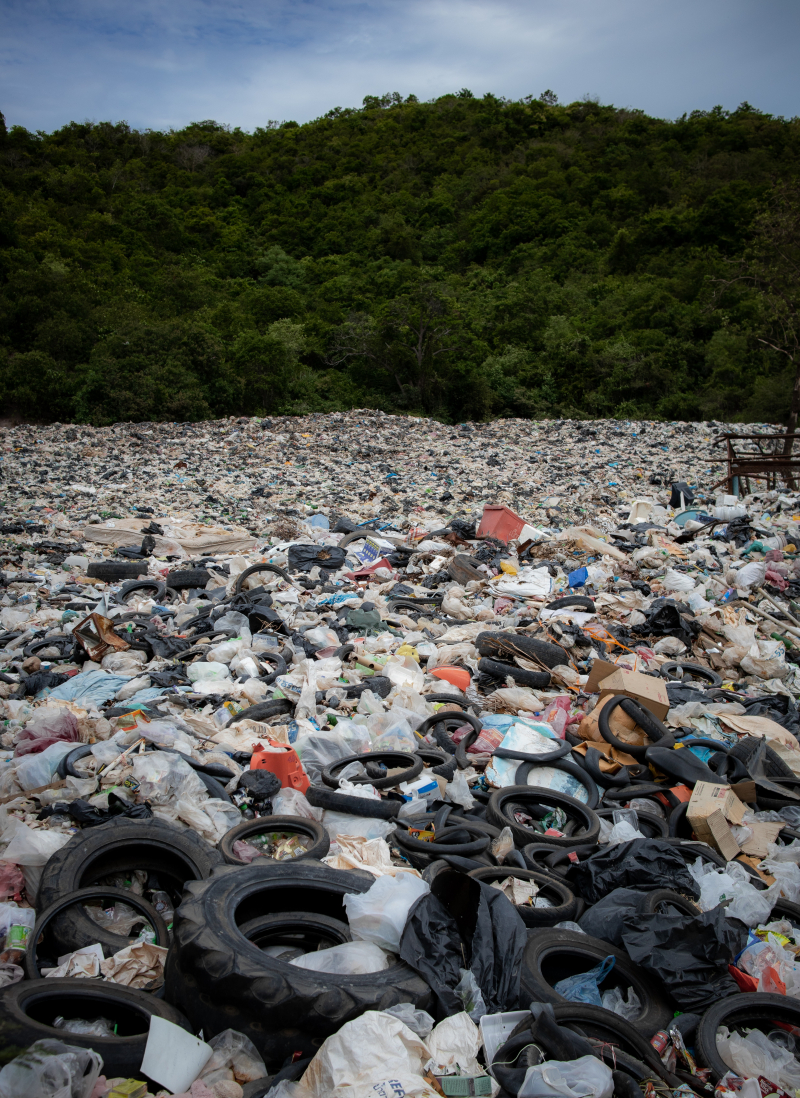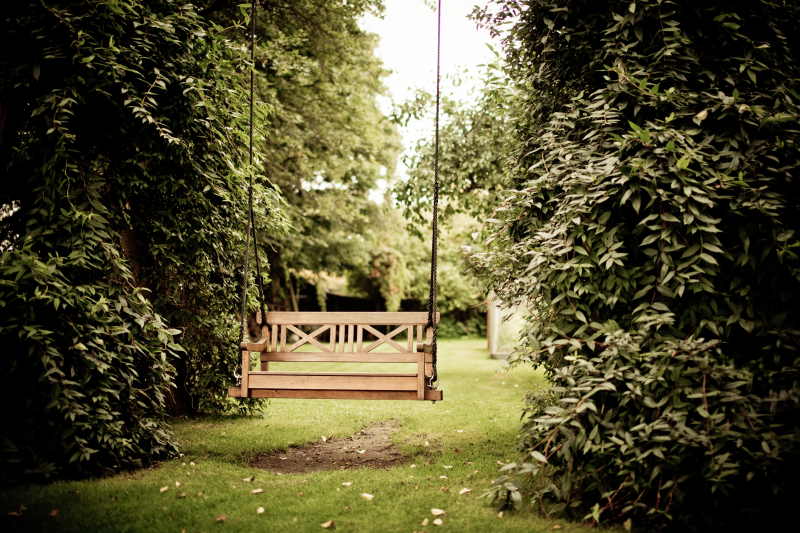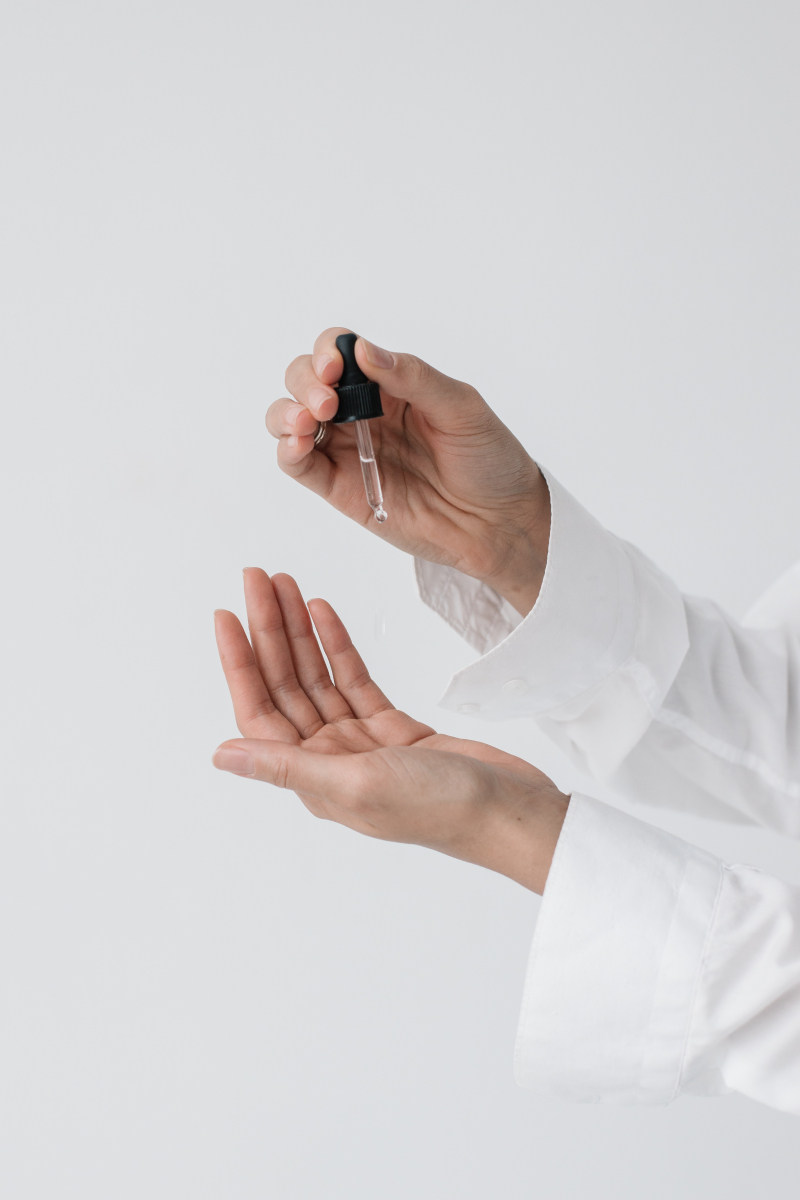Top 10 Things We Did Wrong in the Past
A common proverb begins, "If I knew then what I know now." The concept is that you have developed and learnt in the present and that you could have made ... read more...improvements in the past had you known then what you know now. This benefits society as a whole as well as individuals. In the past, humanity had a history of doing absurd things. Looking back, we can see how absurd, horrible, and strange some of these activities were.
-
For many years, the postal delivery service was a need. The Post Office persisted despite the prospect of email destroying it. Who doesn't experience a small rush after receiving a package in the mail? Older generations undoubtedly found the mail service to be more thrilling, and when the Post Office started allowing customers to send packages through the mail, people were really into it. Dangerously, perplexingly into it.
While you might send a buddy a care package now that includes some food and a sweater, back in 1913, people were open to the possibilities. Why not a small person if anything under a particular weight might be sent through the mail?
When a couple from Ohio attempted to mail their 8-month-old baby to his grandma, it made headlines. They gave the postman 15 cents, and it appears that he gave him a ride the few kilometers to grandma's house. Later, because mail was less expensive than a train ticket, a small girl was sent with the mail on a train to visit her grandmother who lived nearly 70 miles away. She at least had a chaperone on the train who was employed by the business, which would have helped that shady operation along a little.
The practice was officially outlawed by the post office, but there is evidence that it persisted in some rural areas where residents were willing to entrust postal workers with the lives of their children. If someone attempted to package their child and hand them to a FedEx driver today, one can only image the Twitter commotion that would ensue.

Image by cottonbro studio via pexels.com 
Image by Mihai Vlasceanu via pexels.com -
Car seats have already been a source of conflict, but the battle over seatbelts brought hostility to safety to all-new lows. Seatbelts were aggressively despised by the public. In fact, the adoption of seatbelts and the introduction of masks during the Covid-19 pandemic are well comparable. While some people quickly adopted the authorities' suggested action, others saw it as a blatant assault on their right to freedom.
When Ford first gave them an option in 1956, only 2% of buyers chose to have one. Ralph Nader has charged automakers with neglecting the 1968 National Highway Traffic and Safety Act's requirement that all vehicles have seat belts in an effort to boost profits. In the 1980s, 65% of Americans were against seatbelt use. Just 15% of People used them in 1983. It took until 1984 for New York to become the first state to outlaw their use.
Many complained it was unpleasant and uncomfortable to wear a belt. Some people have even claimed that using one would make accidents more dangerous and that being flung free would be safer. Nowadays, the majority of people—roughly 90% of drivers—understand the need of wearing a seatbelt. They helped save close to 15,000 lives alone in 2017.
Image by Mike B via pexels.com 
Image by Mike B via pexels.com -
Today, we are aware of how gravely incorrect it is to treat any mental condition with a lobotomy. Yet in terms of old-fashioned misconceptions about mental illness, that was merely the tip of the iceberg. And even if we still don't fully comprehend the human brain and how it functions, we generally know not to attribute bad spirits. Although that isn't the case for everyone in the current world, the majority of mental health specialists no longer attribute schizophrenia to the devil. Regrettably, this was not the case for the most of human history.
The ancient Persians had the view that mental disease was caused by evil spirits and could be avoided by thinking positive thoughts. The Hebrews of antiquity believed it to be divine anger. Mesopotamians believed that a ritualistic exorcism might cure demonic possession. Many of the women who were condemned as witches in the 17th century may have earned the reputation via the display of any conduct deemed abnormal, which would have included mental illness. Some people in ancient India thought mental illness was a sign of sins committed in previous life.
Although if some ancient societies had somewhat progressive attitudes on mental illness, or at the very least were starting to realize that it wasn't of a demonic origin, treating them remained challenging. Egyptians made an effort to distract the mentally ill with creative activities like dancing and painting in an effort to lessen their suffering. That might not have provided any relief, but it was unquestionably preferable to brain surgery. At least in terms of its concepts, brain damage, genetic abnormalities, and other causes of mental illness are now understood. But the journey has been a long and arduous one.

Image by Moritz Böing via pexels.com 
Image by Josh Hild via pexels.com -
The term "toxic waste" is no longer frequently used. Although the term "hazardous waste" is more apt, for many years we had no real way to deal with this extremely toxic waste material. Large-scale pollution was brought forth by the Industrial Revolution. Heavy metals, radioactive waste, asbestos, pesticides, and other harmful byproducts of industry have existed for more than a century. When a firm was discovered dumping this material into waterways, it was once noteworthy. Yet if that wasn't happening, people frequently pretended it didn't exist.
The majority of toxic trash was, in fact, dumped in landfills for years. Barrels of dangerous compounds that we had anticipated would disappear are either already spewing waste or are at risk of doing so. 56 million barrels of waste are stored underground at the Hanford Nuclear Reservation, where they are leaking and contaminating the environment.
Current methods of handling toxic waste at least attempt to lessen their negative effects on the environment. Reducing the amount of garbage generated is achieved in large part by recycling. Treatment is currently the other important way of treating hazardous wastes. There are chemicals and other procedures that can neutralize toxic waste, just as adding baking soda to an acid will make it less acidic. Evaporation, filtering, microbial metabolization, incineration, and other techniques can all be used to reduce volume and
Image by Stijn Dijkstra via pexels.com 
Image by Leonid Danilov via pexels.com -
There are countless, heartbreaking examples of the awful ways humans can treat one another throughout human history. Our species has a penchant for treating one another horribly, from slavery to genocide to eugenics and more. But, not all instances of using and abusing other people resulted in such horrific carnage. Consider the way garden hermits live.
Most of us now would find it abhorrent to think of using another person as a decorative item. It represented wealth and culture in the 18th century. A real, live person who was being paid to live in a garden was the garden hermit. They would have a hermitage—a hut or other type of dwelling—and their only responsibility would be to occupy it. They might be asked to don a druid-style costume, for example. And it was assumed that they would go years without taking a bath. The landowner might brag about them to their friends as their hair and nails grew out.
The garden hermit's motivations are as odd as the habit itself. Back in the day, melancholy was seen as the highest condition of being, and a recluse was the epitome of it. They were able to exhibit a solemnity and devotion to solitude that was admirable. It didn't seem to matter that it was all somewhat of an act, at least insofar as the fact that they were dressed up and getting paid.
Image by Rene Asmussen via pexels.com 
Image by Deeana Arts via pexels.com -
Although the vehicle was created in the 1800s, it wasn't until the 1920s that it became widely accepted in America. For those early vehicles, auto safety was hardly a concept. Accidents were frequent since they were merely metal boxes on wheels. Considering that the first windshield wipers weren't even created until 1903, cars had remained largely defenseless in the rain for about 15 years.
The concept of a rearview mirror already existed by 1911, and turn indicators debuted in 1914. The dashboard didn't have padding until 1947. It took until 1962 for the first child safety car seat to be developed. In 1971, standards were finally established. In 1979, the first child car seat regulation entered into force. All states adopted car seat regulations in 1985.
For over 40 years of intensive use, there was virtually nothing a car could do to keep a youngster safe. The development of seatbelts didn't begin until the 1950s. Also, there had been earlier iterations of child car seats, but not ones intended to keep them safe. Early car seats were actually boosters that allowed the child to sit still and look out of the windows.
The CDC estimates that more than 600,000 kids under the age of 12 still travel without vehicle restraints every year. Compare that to what conditions must have been like in the past, before anything existed.
Image by Mike B via pexels.com 
Image by Mike B e via pexels.com -
Although being used extensively for more than 40 years, an automobile could hardly do anything to protect a child. It wasn't until the 1950s that seatbelt development really got going. Also, there have been child car seats in the past, but not ones that were meant to keep children safe. The child could sit still and gaze out the windows in the early versions of car seats, which were essentially boosters.
More than 600,000 children under the age of 12 are still thought to travel without vehicle restraints each year, according to the CDC. When compared to that, consider the circumstances that must have existed in the past, before anything existed.
Even if this is highly sexual to us in modern times, it may not have been perceived that way in the past. Evidence from the era also suggests that medical professionals believed a woman would not experience any sexual pleasure from external stimulation. Hence, vibrating was solely for therapeutic purposes. Maybe they merely stated it to avoid sounding licentious at the moment.
We now understand that the majority of these women who were labeled as hysterical likely had a wide range of other illnesses. The only thing that made hysteria a single diagnosis was the profoundly absurd notion that practically every illness affecting a woman might be the same thing.
Image by cottonbro studio via pexels.com 
Image by Pavel Danilyuk via pexels.com -
Plumbing and sanitary facilities are undoubtedly taken for granted in the modern society. But there was a time when it wasn't possible to flush a toilet. Also, not all of the garbage cleanup we undertook back then was wise.
It's a common misconception that individuals in medieval and earlier eras just threw a chamber pot out the window to dump whatever filth they had in an alley. There are numerous publications about history that will dispute this assertion. Because of this, the smell of human excrement was just as offensive then as it is now. According to the tale, doing this was not a common practice. . Yet, it should be noticed that the phrase "as a standard practice" performs significant labor in that line.
Cities in England had set up fines for anyone who were caught putting trash on the sidewalk in front of their homes. That suggests that it occurred frequently enough to warrant fines. And even when it wasn't being disposed of in the least hygienic way, it wasn't being done in a hygienic way either.Residents of several communities used to empty their daily waste into a bucket and pour it into a stream. That's not the ideal option, and it leads to some of the dirtiest streams and rivers you can imagine when you have hundreds or thousands of residents in one area. Modern Essex has a street called "Chute Street," which got its name from a term that sounds somewhat like "chute" but has a much worse smell. All of the sewage for the town was removed by a creek that flowed down the street.

Image by Maria Loznevaya via pexels.com 
Image by Hatice Esma DEMİREL via pexels.com -
Many things that we previously believed to be excellent for babies have been revealed to be bad for them. It's kind of astonishing that any babies in the past survived to adulthood—from mercury used as a teething remedy to cages placed outside windows where kids might perch. Swaddling is one of the more recent topics we've raised in child care. This is a long-standing tradition in many cultures, where a baby is wrapped up like a tiny human tortilla to feel comfortable and secure.
What then is the issue? Thousands, if not millions, of people who are still living now were swaddled as infants and did well. The ones that didn't work out well are the problem. According to experts, appropriately swaddling a baby may promote deeper sleep and a sense of security. But, the issue is that annoying "if." If you do it incorrectly, you run a higher chance of developing hyperthermia, hip dysplasia, and SIDS. The issue is that most individuals who do it incorrectly believe they are doing it correctly.

Image by Sam Rana via pexels.com 
Image by Denafi Sy via pexels.com -
There was a brief moment in 1956 in Indiana where young children were being taught how to wield weapons in the school. If it weren't also strangely terrifying, that notion would be laughed at now. The goal of any respectable gun owner should be to teach their kids about gun safety. But do you want someone else who might not be responsible teaching it at school? among other kids who might not be accountable? Who may be in possession of a weapon and be skilled in its use?
This proposal is a modern parent's worst nightmare given the current attitude toward weapons in schools and the requirement that students participate in active shooter exercises to prepare them for an armed intruder in the school. It appears that there is a high likelihood of mistreatment or mishaps.
Photos from these classes depict youngsters under 10 using rifles and shotguns in the classroom. Might they have been loaded? Perhaps, but pictures also show police shooting people in front of children while teaching the course. Hence, live ammunition was used in the process.
Is it improper to instruct children on safe gun handling? Not at all, if you have such beliefs. It does appear to be a possible risk, though, to have it taught at a public school without parental supervision. It becomes more obvious why guns and schools have never blended when you look at the history of school shootings and realize that there were several shootings in the 1950s as well, both unintentional and intentional.
Image by Pixabay via pexels.com 
Image by Somchai Kongkamsri via pexels.com































